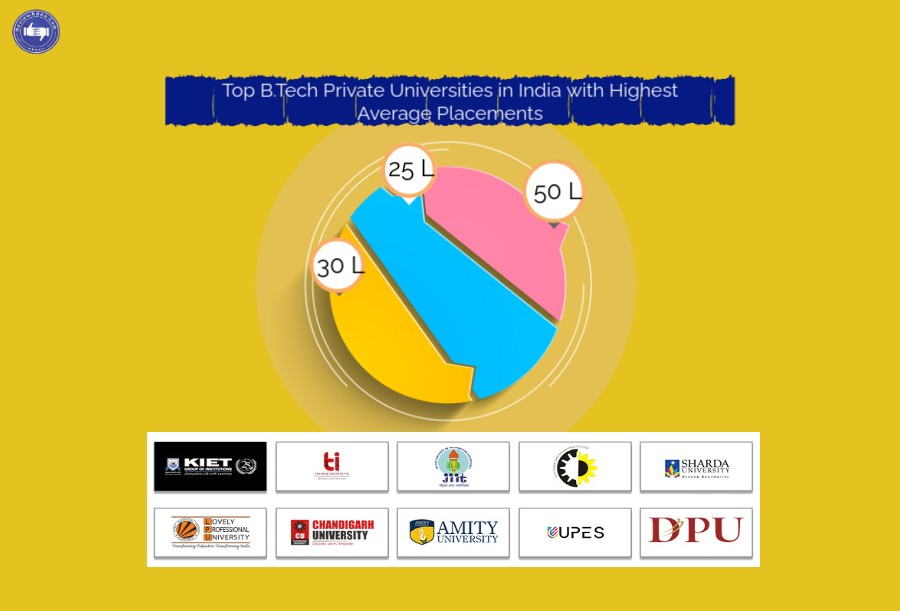Professionalism and courtesy never go out of style
In the age of the internet, most of the communication is done online be it professional or personal as it is quick, fast and easy. E-mail (Electronic mail) is a method of exchanging digital messages between computer users that first entered for substantial use in the 1960s. E-mail etiquette is defined as the principles of behavior that one should use when writing or answering email messages. You do not think much about the content while replying to any email especially in the case of personal, but experts agree that your e-mail behavior has the potential to sabotage your reputation both personally and professionally. Many times it happens that you have to make a first impression through an impressive email and every e-mail that you send is a reflection of you that can add to or detracts your reputation. Recipient of a scattered, disorganized, and filled with mistakes e-mail is judged as a scattered, careless, and disorganized person, therefore it is necessary to know the rules and etiquette of e-mailing. Below is the list of e-mail etiquette by which you can enjoy the Quick Facility of Communication and also will be perceived as a courteous and intelligent human being.
 Get Updated Review ( Voice Based Alumni Feeback)
Get Updated Review ( Voice Based Alumni Feeback)
-
 Check Review (Alumni Feedback) - MMU Mullana – Click Here
Check Review (Alumni Feedback) - MMU Mullana – Click Here -
 Check Review (Alumni Feedback) - JECRC Jaipur – Click Here
Check Review (Alumni Feedback) - JECRC Jaipur – Click Here -
 Check Review (Alumni Feedback) - DIT University Dehradoon – Click Here
Check Review (Alumni Feedback) - DIT University Dehradoon – Click Here -
 Check Review (Alumni Feedback) - SRM University Sonipat – Click Here
Check Review (Alumni Feedback) - SRM University Sonipat – Click Here -
 Check Review (Alumni Feedback) - Ansal University – Click Here
Check Review (Alumni Feedback) - Ansal University – Click Here
- Always include a courteous greeting and closing like Hello, Regards, Good Day, etc.
- Introduce yourself briefly, do not assume your receiver to know you.
- Maintain your tone in the e-mail, do not be too demanding or terse.
- Make sure you spell check especially the name of the addressee.
- The addition of few words like please and thank you helps you to tone down the e-mail.
- Presenting all the details required in bullet form helps the addressee to understand your request or viewpoint in a better way.
- Never assume the intent of an e-mail to avoid misunderstanding.
- Always acknowledge emails even if the sender did not ask for it.
- Always remember the time of everyone is precious therefore keep your e-mail brief and crisp.
- It is good to include lines like: thank you, how are you, appreciate your help.
- Always end your e-mails with thank you, best regards, sincerely, etc.
- Do not type in CAPS, as it gives yelling or shouting emphasis.
- Do not use fancy fonts or background and avoid emoticons.
- When sending large attachments always zip or compress your files before sending.
- It is good to warn your sender about your large attachments.
- Include addresses in the To: field for those who you would like a response from.
- Include addresses in the Cc: field for those who you just want to FYI.
- Include addresses in BCc: field for those whom address you wants to hide from others.
- Always write a subject in your email, so that the receiver do not treat it as spam.
- Do not use abbreviations: Type full words and sentences.
- Do not address anyone by their first name unless they have told so. Use Mr. / Miss XXX.
- Always include a signature: Include details like your contact number and every possible way to contact you, social media information, full name or company, etc.
- Use exclamation (!) mark as less as possible.
- It is better to leave humor out of e-mail.
- Add the e-mail address at last after finishing your writing to avoid the mistake of sending e-mail accidentally.
- Double check the address of correct recipient with correct name to save yourself from embarrassment.
- Do not discuss or share confidential information on e-mail messages as these are easy to copy, print and forward.
- Check grammar of your mail with the help of grammar checking app like Grammarly, which is a free tool.
- Keep your system virus free so that the other party do not receive any viruses while downloading your e-mail attachments.
- Do not use slang and random unfinished thoughts, always use complete sentences.





.jpg)

